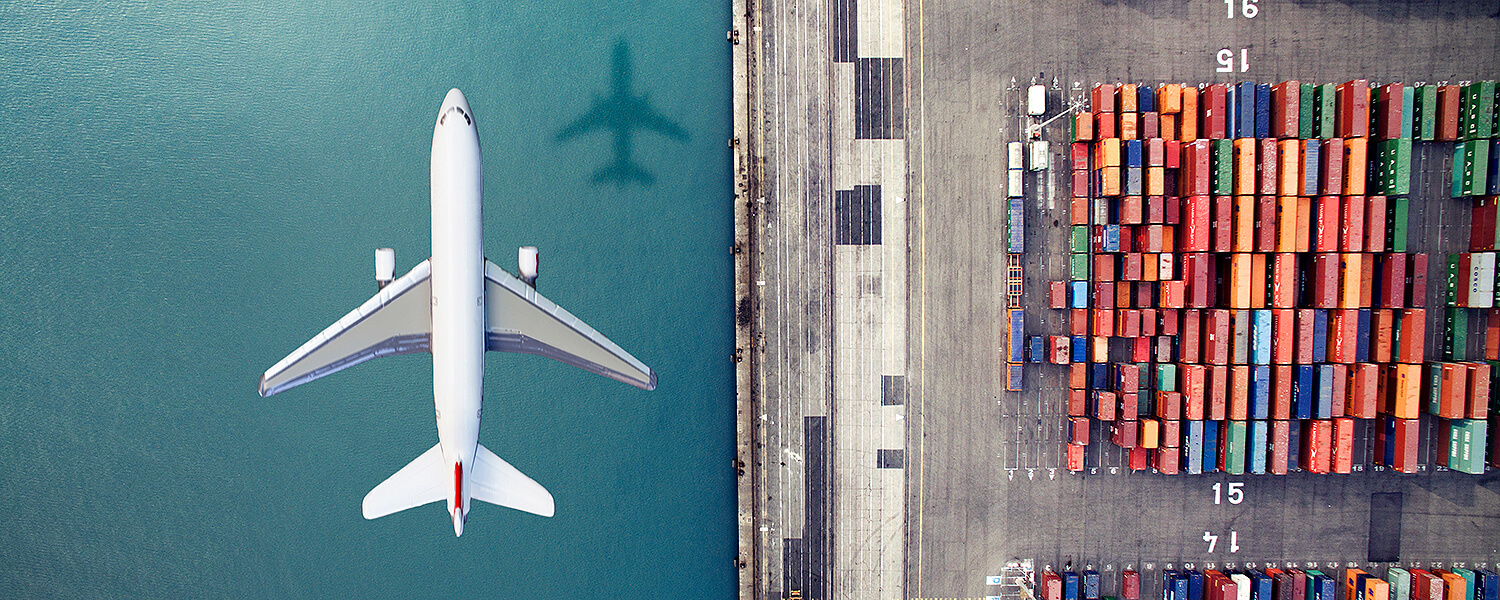

Greenhouse Gas (GHG) emission reductions have been a priority for a long time at Kuehne+Nagel. Kuehne+Nagel has taken voluntary, responsible action to reduce and control its carbon footprint. In addition to managing direct emissions from our operations, Kuehne+Nagel has a track record of improving energy efficiency at its facilities and offers a wide range of innovative products to support customers to improve energy efficiency and reduce the company’s carbon footprint. This includes setting corporate GHG emission reduction goals and policies, which complement the efforts of the company’s environmental reduction plans.
Kuehne+Nagel understands that the impacts and reduction efforts associated with GHG emissions require a long-term commitment as the effects of both cannot be realised in only one year. Therefore, implementing reduction initiatives has been a key priority for Kuehne+Nagel. The company’s emissions reduction strategy includes a rigorous accounting system to generate an annual inventory of worldwide GHG emissions. This process and the associated GHG emissions reported in 2021 are verified and validated by an external third-party company. Since 2010, the global Kuehne+Nagel inventory has been developed, maintained and third party verified by Kuehne+Nagel’s accredited party in accordance with the Greenhouse Gas Protocol, the ISO 14064-3, The GLEC Framework and the European Norm EN 16258, see here, Scope 3.
The total GHG inventory encompasses the company’s diversity and complexity. The current inventory accounts for a total of approximately 850 sites including warehouses, offices and distribution centres within Kuehne+Nagel’s operational control. This includes both Scope 1 (direct) and Scope 2 (indirect) emissions as categorised by the GHG Protocol. Based on the GHG Protocol Corporate Value Chain (Scope 3) Accounting and Reporting Standard, Kuehne+Nagel has now a verified process to account and report Scope 3 emissions inventory. These emissions are calculated following industry standards and validated against the Science Based Targets initiative. Overall Scope 1, 2 and 3 emissions were reduced 9 per cent in 2021 compared to baseline 2019.
Carbon Emissions Reduction Goals
In the area of carbon dioxide (CO2) emissions, Kuehne+Nagel has set goals in 2021 to reduce carbon emissions by 5 per cent per FTE and 5 per cent per 100 m2. Based on these goals, in 2021 Kuehne+Nagel reduced CO2 emissions by 24 per cent per FTE, and reduced 20 per cent per 100 m2 for Scope 2 (indirect emissions). Absolute carbon emissions were also reduced by 26 per cent. Reductions were accomplished by implementing awareness training sessions and by using effective emissions control technologies. Kuehne+Nagel has also established carbon reduction goals until 2030 for Scope 1, 2 and 3 based on the Science Based Target Initiative (SBTi).
We are actively participating in various co-operations and initiatives. The most prominent participation was our active support and work in the Clean Skies for Tomorrow (CST) initiative, which is running under the umbrella of the World Economic Forum (WEF). In July, we were amongst the signatories of the CST’s “Policy Proposal for a SAF Blending Mandate in the EU” and in November we were the only non-aircraft operating logistics provider signing the ambition paper “10% SAF by 2030”.